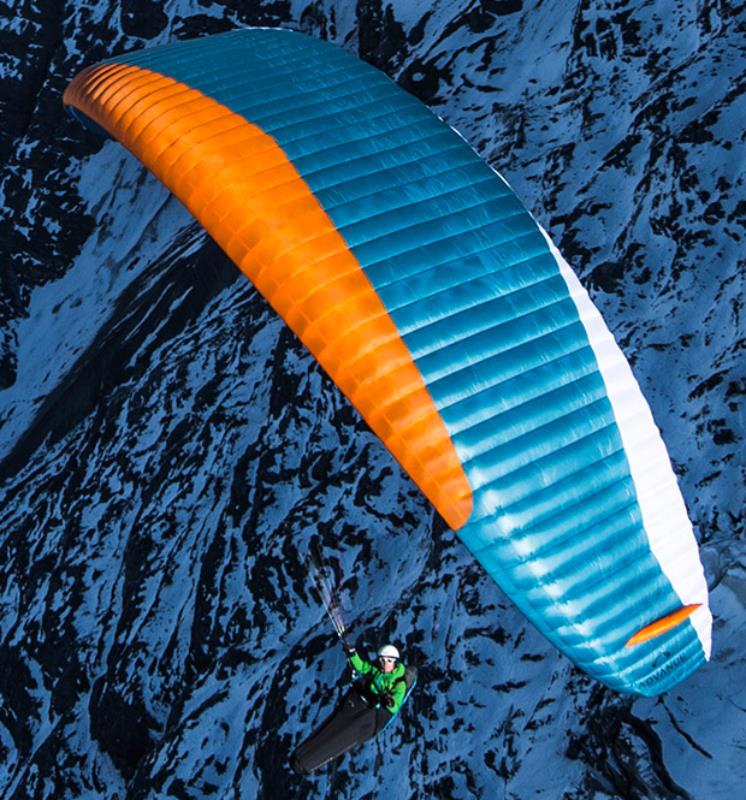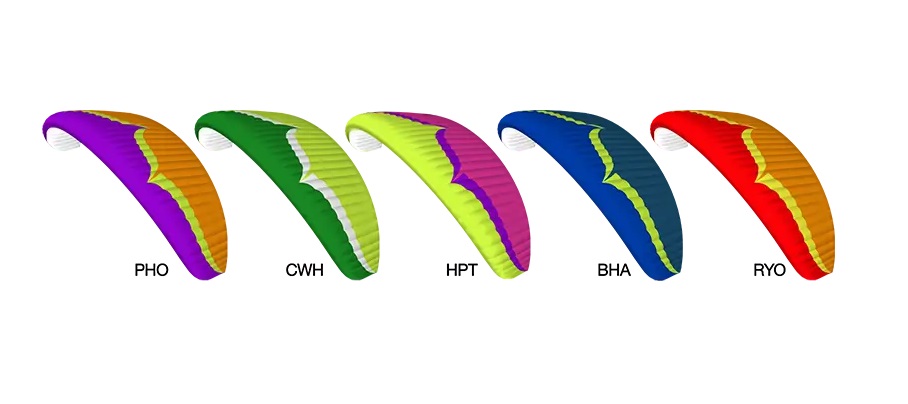Choosing the right wing size is one of the most important decisions when starting out in paragliding. The size of your paraglider wing directly affects your performance, safety, and overall flying experience. Whether you’re a complete beginner or upgrading your gear, understanding how to match wing size with your weight and flying style is key.
Why Wing Size Matters
The wing acts as your main lifeline in the air. If it’s too large, you may lose responsiveness. If it’s too small, you risk overloading the glider, reducing its safety margin. Finding the right size ensures smooth takeoffs, stable flights, and controlled landings.


Factors That Affect Wing Size Selection
1. Your Total Flying Weight
This includes:
- Your body weight
- Paragliding harness
- Reserve parachute
- Helmet
- Backpack and gear
Most gliders are rated for specific weight ranges. For example:
- A wing might be certified for 75–95 kg (165–210 lbs)
- Your total flying weight should fall comfortably within that range
2. Skill Level
- Beginner pilots should choose wings sized conservatively toward the middle or lower end of the weight range.
- Advanced pilots might size slightly higher for more dynamic performance.
3. Type of Flying You Plan To Do
- Soaring and ridge flying: Mid-range sizes offer better float and control.
- Hike-and-fly or thermal XC: Lighter wings are easier to carry and launch.
- Acro flying: Often uses smaller, more agile wings.
4. Wind and Weather Conditions
- In areas with light winds, slightly larger wings help maintain lift.
- In stronger winds, a smaller wing may offer more stability.

Wing Size Examples (for a 75 kg / 165 lb pilot)
- Beginner Wing: 24–26 m²
- Intermediate Wing: 22–25 m²
- Advanced/Performance Wing: 20–23 m²
Always refer to the manufacturer’s recommended weight range, not just the square meter measurement.
Get a Professional Assessment
While charts and specs help, nothing beats getting advice from a certified instructor or paragliding school. A trained eye can assess your posture, launch technique, and comfort level—critical in choosing a safe and satisfying wing.
Conclusion
Buying the right size wing for paragliding is about matching your flying weight, skill level, and goals with the appropriate certified glider. Always prioritize safety and stability over performance, especially when starting out. A well-sized wing can make all the difference between a stressful flight and a joyful one.


